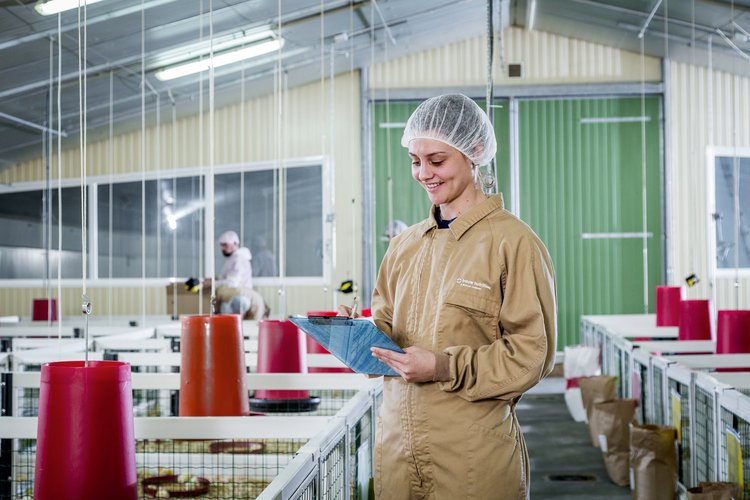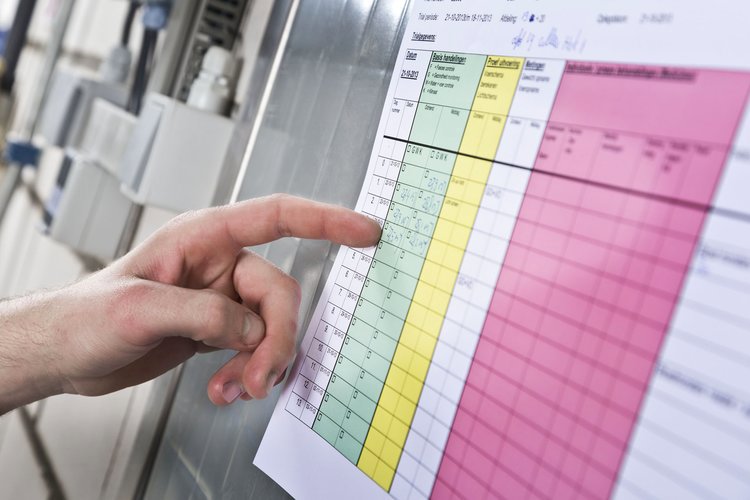
How to recognise
Dysbacteriosis can be mild, moderate or severe. The most severe form, real necrotic enteritis, is rare. The impact on layers of sever dysbacteriosis is significant, causing wet intestinal droppings that result in wet litter and poor performance. Dysbacteriosis is multifactorial, and can be caused also by coccidiosis, mycotoxins, stress and/or certain viral diseases.

The impact on the farmer
Dysbacteriosis affects the uniformity and body weight of the layer flock, resulting in decreased egg production. This is impacting the production results of the rest of the cycle. Layers are more vulnerable to other infections once they get older, while the trend is to keep layers longer.
Controlling dysbacteriosis, a complex, multifactorial disease, requires a holistic feed-farm-health approach.
